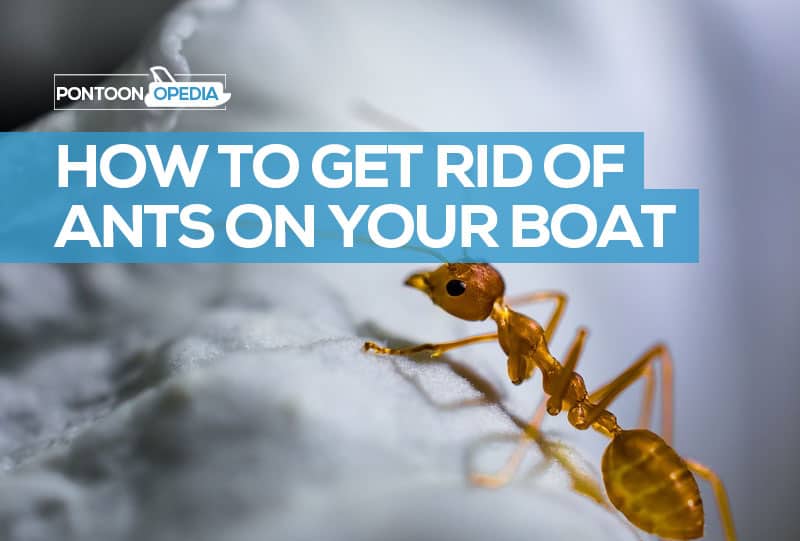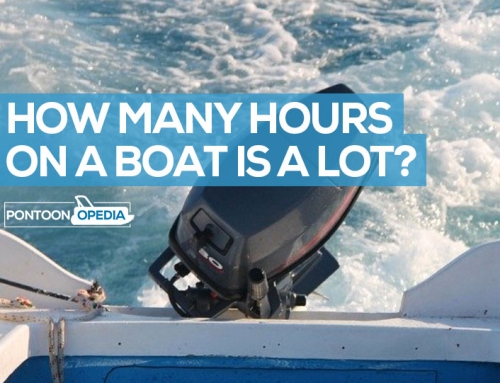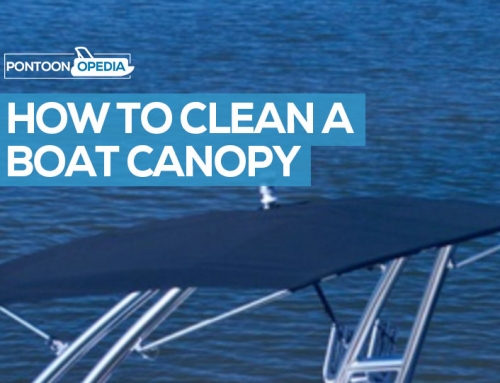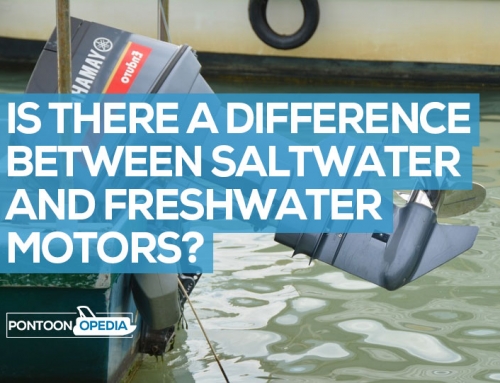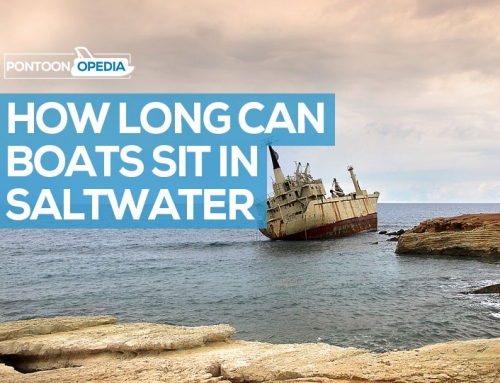In this guide I want to talk you through an experience I had last year after an ant infestation on my boat. When I say infestation, I’m not exaggerating. There were thousands of ants in my pontoon boat.
I will take you through each of the the steps I took. You will learn how to get rid of ants on a boat with my tried and tested system.
To start, below is a little bit of background as to what happened to me, followed by the exact process I went through – plus the products I used to get rid of the infestation.
My boat ant infestation story and solution
Last summer I’d been away with work for a few weeks. I’d left my pontoon boat tied up at my local marina. The mooring cover was on and the marina has great security. I had great peace of mind.
But little did I know that the enemy I was just about to encounter upon my return was of biblical proportions, and cunning too.
I walked up to my pontoon boat, completely oblivious to what I was about to encounter.
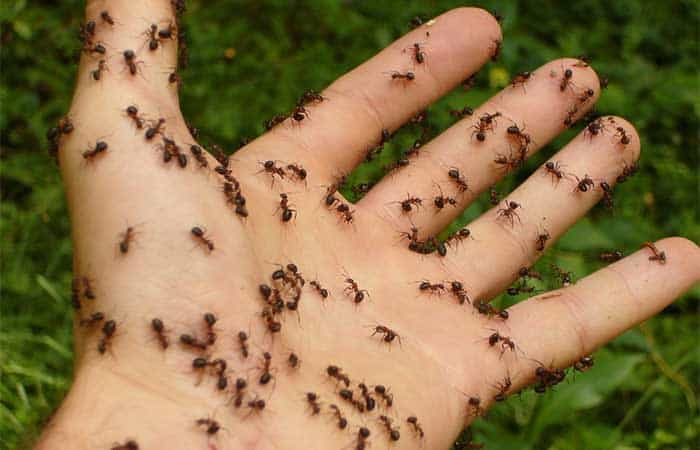
I didn’t take any photos at the time, but this was the extent of the problem.
After taking the cover off, I stepped onto the deck, saw hundreds of ants under my feet, with a huge amount of activity leading up to some of the lounge seating.
What they had done was manage to sniff out an unemptied trash bag under my seating from about 20 yards away. The ant army had then marched down the marine decking, up a piling, then up the dock lines, and under the mooring cover.
The sight under the seats was like something out of a movie. Thousands of ants, all going crazy over some honey sandwiches in the trash bag.
This was big. Really big. And I had to take immediate action.
Here’s how I got rid of the ant infestation on my boat.
Table of Contents
How to get rid of ants in a boat in 3 steps
This is how I fixed my pontoon boat ant problem, starting off with the product that worked best, and then some additional recommendations.
1. Lay down ant killer liquid patches
This is the exact same stuff that is used on cruise ships, and I believe is the best ant killer product on the market. I decided to try it out myself.
It’s got a thick consistency and comes in a little tube so you can squeeze it out onto little cardboard patches that come included in the packs. You can see it on Amazon.
It has boric acid in it which isn’t harmful to humans in small doses but is a major headache for ants.
All you do is lay the little patches down where you have seen the most ant activity.
It works due to the sweetness in the mixture which attracts the ants. They come along, take it back to their nest, and it ends up destroying the colony.
Don’t expect immediate results though. It will take a week or so for the ants to get killed off.
I loved this, and it worked after about 7 days.
However, I was in the process of getting my boat ready for the summer and was going to have my kids and dog on the board.
Whilst the product isn’t overly toxic, it is sticky; I could see that these patches were going to get trampled all over the place and stuck to people’s feet, so I also used the next method.
2. Use ant baits as well
The drops above work like a treat, but I wanted to make sure the ants didn’t come back.
However, with small kids on my boat, the sticky patches weren’t going to be a longer term solution so I also found the Terro manufacturer also sells ant baits.
These little bait traps enclose the sticky liquid into small plastic containers that only the ants can get into – see the prices on Amazon.
You can leave them around for up to 3 months and they continue to work. They are weather resistant too, so can be left out on an open deck.
3. Clean up and vacuum properly
After a week or two, your ant problem should be resolved.
Don’t forget to clean it all up though, as dead ants can themselves rot, and could be a magnet for more ants or different types of insects and pests.
Do a thorough clean up afterwards, including vacuuming. Here are some great vacuum cleaners that are designed for marine use.
Other things you could use
I found that the Terro product combination above worked great for me and got rid of all the ants from my pontoon boat.
There are some other things you can also try too, but I have no experience of doing these myself. I’ve listed them here, just in case the two ideas above don’t work for you.
Ant killer spray isn’t great on boat
I considered using a spray, but I don’t think it will work very well on a boat, as a lot of the time it’s going to get carried away by the wind.
It certainly wasn’t an option on my pontoon.
I prefer powders and traps as they settle straight onto the boat floor where it can be more effective.
Bomb or fog for very bad infestations
If your ant problem is really bad, you might be left with just one option, and it’s the nuclear option of bombing and fogging.
It’s a professional pest control service which involves taking everything out of your boat, with all gaps and cracks then sealed up in preparation.
Once your boat is ready, the pest control expert will blow a fog of ant poison into the boat or let off a powder bomb for a few hours.
You then need to leave the boat sealed up for 4 or 5 days as the fog gets into every conceivable space to kill the ants off.
After the job has finished, you need to let your boat ventilate for some more days until you can safely use it again.
It really is the last option.
How to get rid of carpenter ants on a boat
Carpenter ants are a slightly different proposition as they aren’t motivated by food as much. What they love is wet wood, meaning older boats are ripe for infestation.
You typically get this problem if you haven’t covered your boat properly and the wood starts to rot. Carpenter ants will burrow into the wood to make a nest and can be very hard to shift.
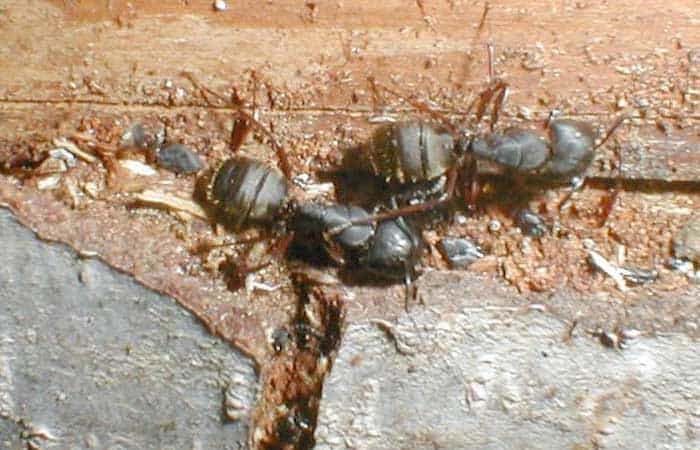
This is what carpenter ants look like when they get into damp wood. Image credit https://commons.wikimedia.org/wiki/File:Carpenter_ants.jpg
You should replace the wood entirely but need to get rid of the carpenter ants first with a few steps outlined below.
1. Find out where they are on your boat
Before you do anything, you need to know where they are coming from. Pest control experts have a great method for this.
You wait until the sun is just setting as this is the time carpenter ants leave their nest to go foraging for food.
It’s going to be difficult to see them with the night time visibility so have a flash light to hand. If you can see them walking about, you will eventually start to see where they are coming and going from.
However, you might find that they don’t actually have a nest on your boat. It could be some soggy wood on the dock, and they are entering your boat looking for food to take back.
2. Use insecticide and dust powder
Wherever the nest is, you need to eradicate it.
Some people suggest using a spray, but I’ve read that this can make the ants disperse and then create satellite nests… and you don’t want that!
The best solution is to use a powder such as this one on Amazon.
It is safe to use on a variety of surface and won’t stain carpet. But keep it out of reach of pets and children – it’s best used in the nooks and crannies once you find the source of the nest.
3. Replace the wood as soon as you can
You should now replace the wood.
It’s started to rot already, but the carpenter ants will have eaten out even more of the insides, making the wood even more in need of replacement.
How to prevent a boat ant infestation
I would never want this to happen to you, and I’ve made a promise to myself that it will never (finger’s crossed) happen to me again either.
There are a few things you can do to stop ants getting on your boat in the first place and removing any temptation that might also have to even attempt an invasion.
Secure your dock lines
My invading ants were very cunning. They managed to climb up a dock line to get into my boat. I needed to prevent that from happening again.
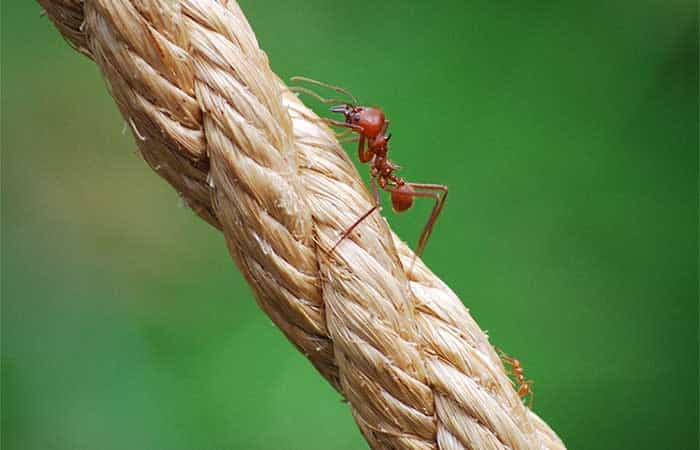
Ants can climb up rope, dock lines, and anything that will give them access into your boat.
I spoke to old sailor I know, and he told me that ants can’t walk over engine lubrication oil. Weird, but true.
What he told me to do was cut a rag into small strips and soak them in engine lubrication oil. You can then wrap the rag strips around your dock lines and clip them into place.
In this video below, you can see how I guy on YouTube uses a very similar method.
Get rid of the food sources
Ants wouldn’t even be bothered about your boat if there was nothing in there they wanted to get to. My mistake was missing a trash bag with sugary treats in; it was like a clarion call for the ant colony.
Just the smallest crumb can send out signals to an invading ant colony.
So, the best thing to do is make sure that firstly, any food is stored securely in plastic containers.
Clean your food storage areas and containers
Wipe down any food storage containers, including the shelves inside of your storage areas.
Don’t forget to look up high, as over time a layer of gunk can develop where you have kept food, sugars and drinks which will be a great attraction for any ant and his crew.
Clean up your boat thoroughly
It’s not just your stored food you need to worry about though. Most of the time, you will have food debris behind working areas, ground into the marine carpet, and down the back of seats.
You will need to do a clean-up operation.
Get the carpets scrubbed clean (here’s a boat vacuum I recommend) and get your seats as clean as possible, getting into all the nooks and crannies.
I’ve written a huge guide on how to clean boat seats.
Wipe down food surface areas
However, you might not ever get rid of everything.
Even the cleanest looking boat galleys will have microscopic food traces that you might not be able to see with the naked eye.
Ants don’t like vinegar and ammonia.
You should wipe down any surfaces on the boat which have come into contact with food. Think of things like tables, stove tops, fridges, trash bins, galley working areas, and so on.
It can be as simple as putting a few drops of vinegar on a work surface and wiping it around with a damp cloth. Get your fingers into all the nooks and crannies.
Don’t forget to clean the stove thoroughly
You might not see the small splashes of grease and food behind your stove, but the ants sure will!
It might be hard to pull your stove out and get into the gaps, but it’s essential that you do.
If you can’t get rid of old food debris and grease, you aren’t going to get rid of the ants. They will keep coming back again and again.
Wash your dishes and produce clean trash
Don’t leave any dirty dishes in the sink and make sure they get washed up, cleaned, and dried after each and every meal.
When you throw things into your trash bags, try to ensure that they are as clean as possible before you dispose of them.
That means rinsing through any cans, tins, and plastic food containers so there is no food debris left on them.
When disposing of food scraps, tip them into sealable bags or containers, making sure they are sealed in tight – rather than scraping food into the trash bag itself.
Don’t store your boat under a tree
Ants love to climb trees, especially carpenter ants who will burrow out wood to make their nests.
One way you prevent yourself having to get rid of carpenter ants on a boat in the first place, is to avoid your boat being left underneath trees and branches.
Guides on other types of pests and insects
I hope you’ve enjoyed this guide to getting rid of ants and preventing an ant infestation on your boat. I’ve also put together some other helpful content on other pests you are likely to encounter which you can read below.
The last word…
I would love to hear your feedback if you have used my preferred method for solving an ant infestation on your boat.
I now keep both the Terro ant killer liquid and bait traps in my marine tool kit, as you never know when a new colony might arrive and get into your boat.
If you enjoyed this guide to getting rid of ants on a boat, please pay it back by sharing on social media or telling people about it in the boat forums.

